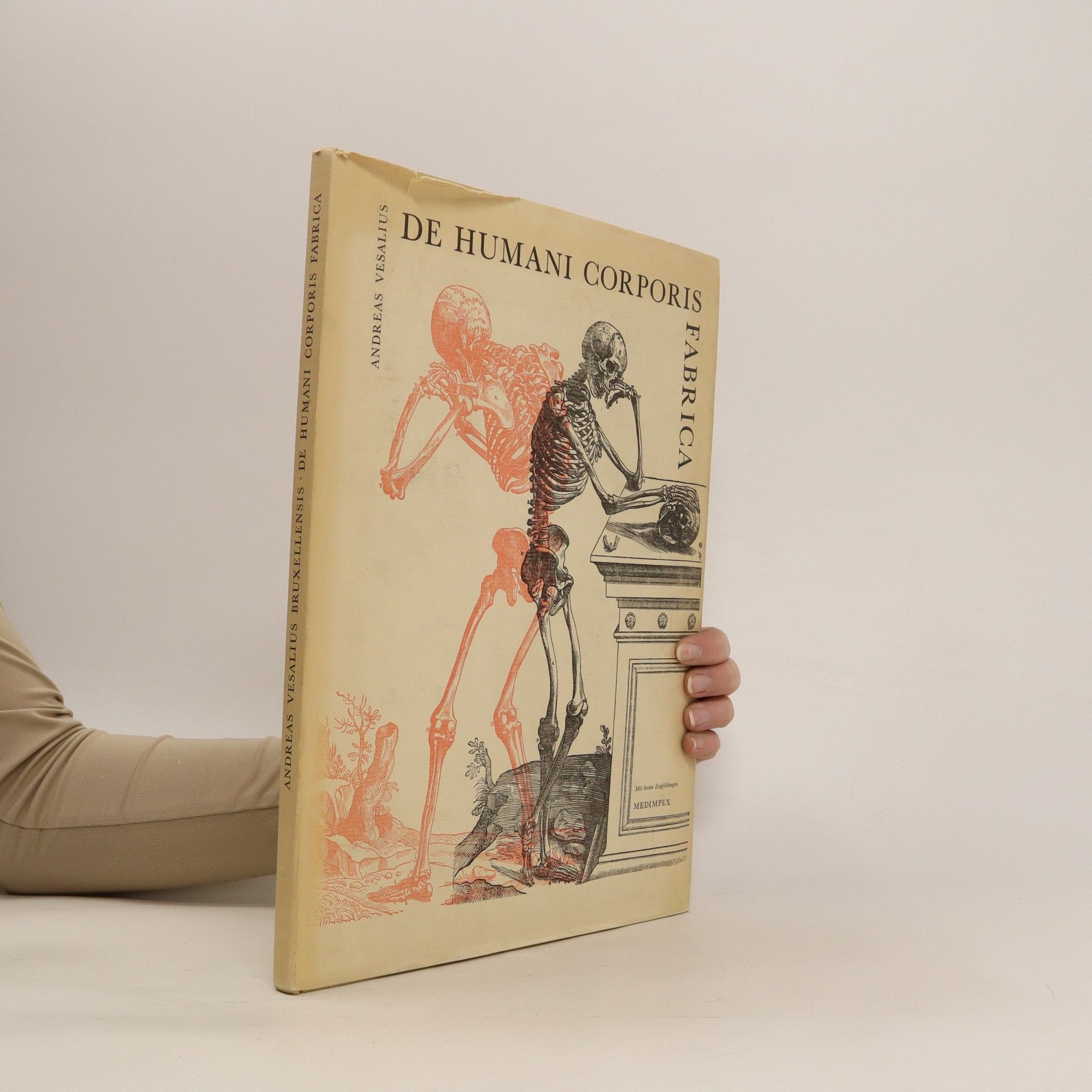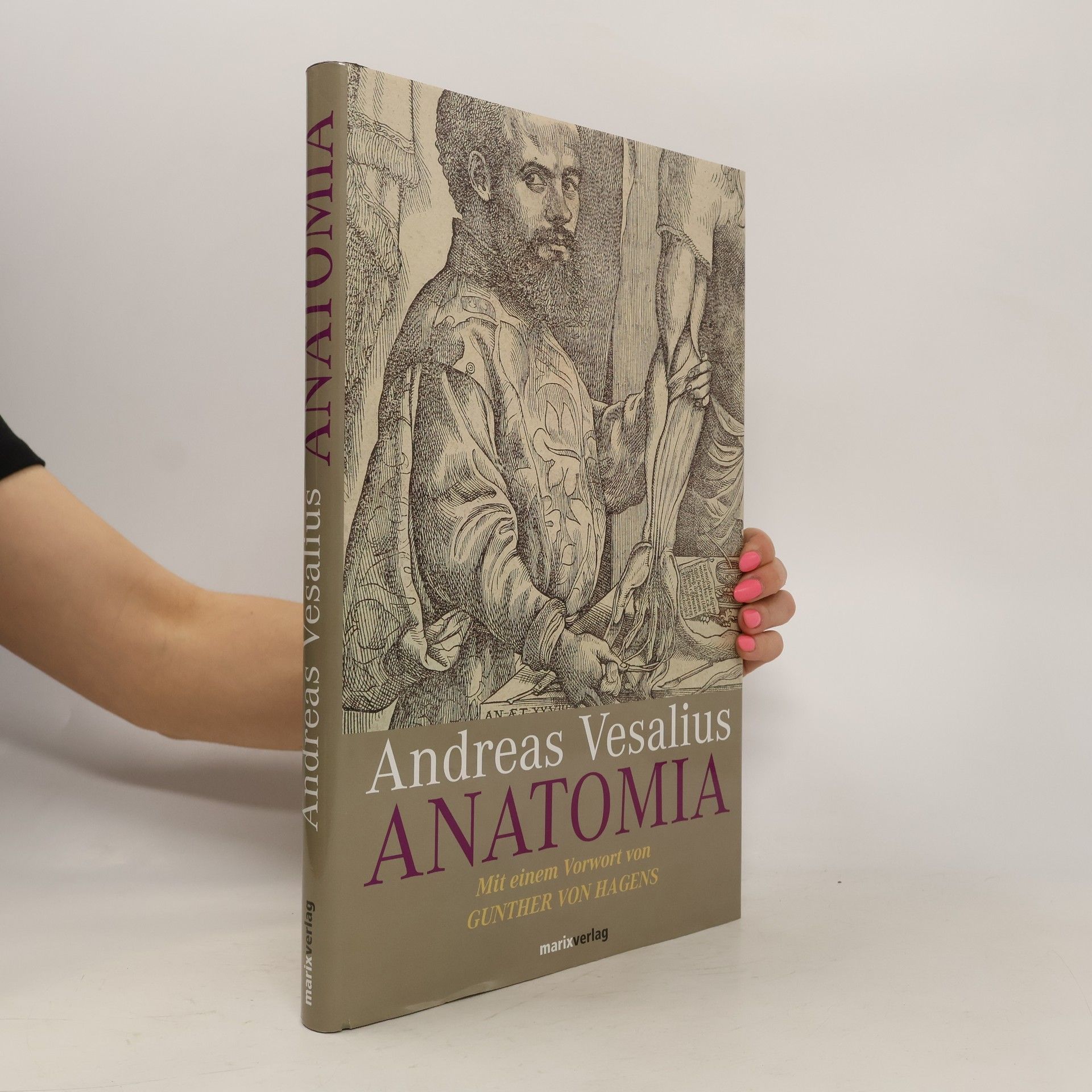This definitive edition combines the best plates and text from the great anatomist's Renaissance treasures, including Tabulae Sex, De Humani Corporis Fabrica, and the Epitome. Reproduced from a rare edition, these 96 plates recapture the vitality of the originals. Includes a discussion of the illustrations, a biographical sketch of Vesalius, annotations, and translations.
Andreas Vesalius Books





An awe-inspiring fusion of science and art, this magnificent single-volume reference features more than 130 ground-breaking anatomical illustrations by history's most brilliant artists. Dramatic and highly studied sketches dating back to the sixteenth through eighteenth centuries, these images by Leonardo da Vinci, Bartolommeo Eustachius, Andreas Vesalius, Bernard Albinus, and Pietro da Cortona have given our modern world an unsurpassed appreciation and understanding of the human body.Meticulous portraits of our amazing flesh-and-blood machinery — many accompanied by the artists' original, handwritten notes — these time-honored renderings offer important glimpses into the human organism, both inside and out. Art lovers, as well as students of science and medicine, will thrill to these classic adaptations of muscles, limbs, skeletons, nervous and respiratory systems, and other perspectives that, centuries later, remain masterworks of anatomical artistry.
The fabric of the human body
- 1338 pages
- 47 hours of reading
The Fabric of the Human Body is an annotated translation of Andreas Vesalius De humani corporis fabrica . The new book recreates the masterpiece of science and art for the first time in a way that is understandable to 21st century readers who do not have any knowledge of Latin. The texts of both the 1543 and the 1555 editions have been translated with the utmost care by Northwestern University Professors Emeritus Daniel H. Garrison and Malcolm H. Hast, a task they completed in over 20 years of painstaking and dedicated work. Annotations give the reader keen insight into just how innovative De humani corporis fabrica was, and high-resolution digital scans of the almost 300 woodcuts provide the images with a sharpness they never had before.
Andreas Vesalius (1514-1564) studierte in Paris, Löwen und Padua Medizin und veröffentlichte bereits 1543 sein epochales Werk „De humani corporis fabrica“. Das Werk, das die moderne wissenschaftliche Anatomie begründete, ist mit zahlreichen Holzschnitten versehen, von denen man heute annimmt, dass Tizian die 17 ganzseitigen Holzschnitte gestaltet hat. Vesalius war entgegen der vorherrschenden Lehre der Auffassung, dass die menschliche Anatomie nur von menschlichen Leichen gelernt werden könne, nicht anhand von Tieren. In seiner Pariser Zeit stahl er Leichen und sammelte auf dem Friedhof der Unschuldigen Kinder Knochen ein. Später wurde er so geschickt, dass er mit Studenten darauf wettete, mit geschlossenen Augen, nur durch Berührung, Knochen bestimmen zu können.